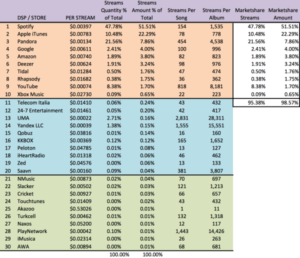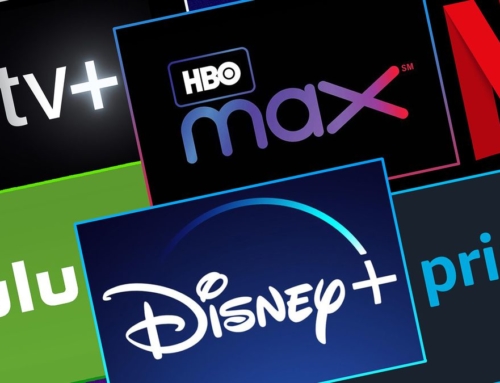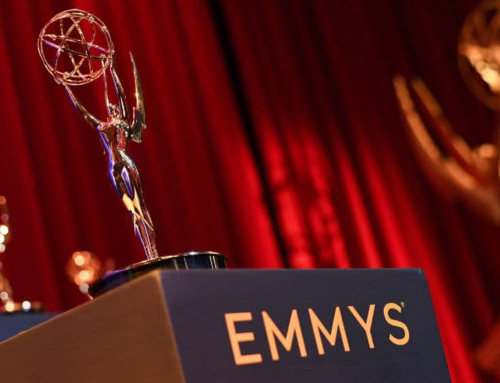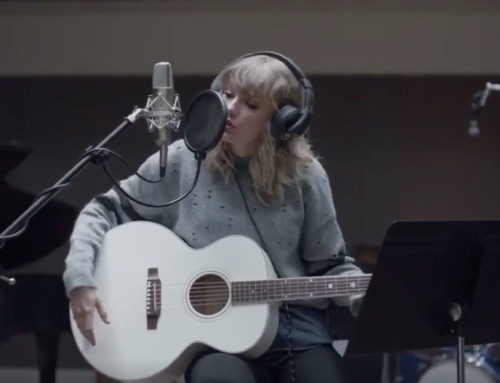
On “Nice,” one of the tracks from the surprise release Everything is Love – a joint album from Beyoncé and Jay-Z – Beyoncé defiantly claims: “If I gave two (expletive)— two (expletive) — about streaming numbers, I would have put Lemonade up on Spotify” She goes on to proclaim that she “ain’t ever seen a ceiling in my whole life,” and chants “I can do anything” through the chorus on the same song. Of course, an artist with the stature of Beyoncé can do anything they want. After releasing her blockbuster album Lemonade exclusively on Tidal (the streaming platform she co-owns with her husband), she reportedly lost out on millions of potential streams, which equates to millions of potential dollars. The exclusive release also caused a surge in piracy which affected sales of the album overall as well as chart positions for the singles. But to someone like Beyoncé, none of that matters. Beyoncé, much like other artists who have withheld from streaming platforms in the past — such as Adele, Taylor Swift and Radiohead — have built an empire around their music and brand and can afford to choose how they do business. This is largely because, when artists of this size embark on a world tour, the shows often sell out immediately, allowing the artist to rake in huge profits. What about the other 99% of artists who don’t find themselves in a position like this and likely never will? For artists in this camp, the options are to either play the game or be left out; in 2018 the game is streaming, and while there may not be many rules, there certainly are strategies that need to be followed in order to be successful in this new and rapidly emerging market.
In 2018, it’s hard to remember the days when we relied on CDs, downloads, and a collection of other media and devices to consume music. These days, most people consume music through streaming platforms. Whether you’re a devotee of Spotify, Apple Music. Tidal, Amazon Music, Google Play or any of the other streaming platforms that are available, the common thread exists in the fact that consumers have made it clear that the streamlined process involved with streaming platforms has made these entities the dominating force in the music industry in recent years. Gone are the days of fumbling with CDs, walkmen, chargers, batteries and any other paraphernalia that used to be necessary to listen to music. Now all you need is a device that connects to the internet — which most of the population is carrying in their pockets at all times as it is. Streaming platforms, therefore, have made music consumption an integrated part of daily life. It has become so integrated in fact, that we may be forgetting what is happening on the other side of these platforms. That is to say, how are the artists being affected by this drastic shift in consumption?
On the surface, streaming music presents itself as building common ground between artists and listeners, by providing both with agency and freedom. Listeners are able to listen to their favourite music conveniently for a flat price (or for no charge at all if they are willing to endure the occasional advertisement). Conversely, artists are able to upload their music independently, allowing them freedom from the now considered cumbersome and archaic record label model which would often divert profits away from the artist. But what profits amount from hosting your music on a streaming platform? In reality, the rates are deceivingly and depressingly low.
As the image below (provided by The Trichordist) shows, revenue from each stream on Spotify amounts to $0.003.


Although they are not the highest paying (Tidal pays out a slightly better $0.01), Spotify makes up nearly 50% of the streaming market. That is to say, even though they pay less, Spotify is arguably the best place to have your music played. It is also important to consider how these payouts are divided upon payment. In the past, artists (whether they were Beyoncé or a small up-and-coming indie band) would split any and all profits between themselves, record labels, publishers, and any other party involved in distributing the artist’s music. With the invention of streaming, artists can, in theory, upload their music to the service and keep the majority of the profits entirely for themselves. However, royalty rates across streaming platforms, specifically Spotify, are so low partly due to the fact that, contrary to popular belief, royalties are not paid on a per-stream basis. Instead, Spotify follows the calculation in the image below:

 Spotify for Artists | Spotify Explained
Spotify for Artists | Spotify Explained
Although the Copyright Royalty Board recently announced a 50% increase in royalty payouts to artists over the next five years, the fact that Spotify follows this calculation while continuing to boost the myth that more streams equals more money is part of the reason that many artists have been left in a realm of uncertainty in considering how to succeed in the streaming market.
The rapid rise in streaming services seems to have coincided with the fall of another staple of the music industry: that of the album. In recent years, less importance has been placed on an artist releasing an album within the traditional two-year cycle. Instead, artists have been encouraged to release singles with greater frequency. This has given rise to the playlist: the new radio station and the revamped mixtape, playlists offer a compilation of many genres and act as an aggregate for exposing artists. So much so, that services like Spotify, Apple Music, and Tidal all feature their own sponsored playlists, which often attract millions of individual followers. For an artist in 2018, the goal it seems is to have your music featured on a featured playlist. In theory, doing so would result in massive amounts of exposure leading to new fans and increased streams. At this point, however, it is important to understand the role of your listener in this new marketplace.
As a consumer of music, things used to be so straightforward. In years past, music fans would buy CDs and it would be assumed that artists would receive a generous share of those amassed profits. Of course, this turned out to not be the case for many artists, especially those signed to major labels. So, now that the CD is a relic of the past, what is the responsibility of the music consumer to ensure the success of their favourite artist in 2018? This video from Pitchfork , titled “How to be a Responsible Music Fan in the Age of Spotify,” makes things very clear. The video suggests considering where you are putting your money; although streaming music from your favourite artist will eventually lead to a paycheck for the artist, that paycheck will be abysmally low. Instead, one example suggests going to see your favourite artist on tour as a likely method of increasing that artist’s payout. Considering the fact that the three major labels (Sony, Warner, and Universal) reportedly made $14.2 million per day in 2017 from streaming services alone gives rise to the question of where the money is flowing when artists are paid so little by these services. Although this revenue stream may come to an end for major labels as Spotify looks to disrupt the traditional hierarchy after introducing tools to engage independent artists directly — such as offering lucrative licencing deals along with the launch of a new tool that will seemingly make it easier to have music added to featured playlists, the reality remains that these services are run by corporations. It cannot be forgotten that these corporations are most interested in one thing: increased revenues. As a music fan, it becomes a responsibility to actively give money to the artist instead of the corporation, and engaging with your favourite artists in a live setting — as well as organically sharing music — remains a vital tool to increase both exposure and engagement.
Although they were once thought to be passing fads, it is now undeniable that streaming services are here to stay. Not only that, but they have officially become the most popular method through which we as listeners are consuming our music. While the ease of access that streaming services provide can, in theory, point to a resurgence of agency for both artists and listeners, the fact remains that we are living in a digital era that thrives on convenience and Spotify, and its competitors are exploiting that. Although this model thrives on complacency, in order to be successful in the music industry in 2018 the onus lies on both the artist and the listener; it remains the responsibility of the artist to distribute their music in relevant terms, but the listener has taken on an increased responsibility of actively supporting their favourite artist if they want to see these artists succeed. Spotify and every other similar service that exists will be here for awhile and will likely grow even bigger. However, both artists and listeners can not rely solely on these services to support the foundation of the entire industry. These services must instead exist as components of a larger model of engagement that allows artists to connect their music with listeners in easier terms than before, while listeners continue to lend their ears and their wallets in the other spaces artists occupy. Although streaming services, and the digital era as a whole, have offered greater ease of access and communication, to ensure success and longevity of success, artists and listeners alike must remember to distribute and consume in ways that are mutually beneficial. For the time being, that means playing the game that streaming services have dictated and using these services to their full potential while listeners continue to seek intimacy with their favorite artists in their local dive bar on the next tour stop.










